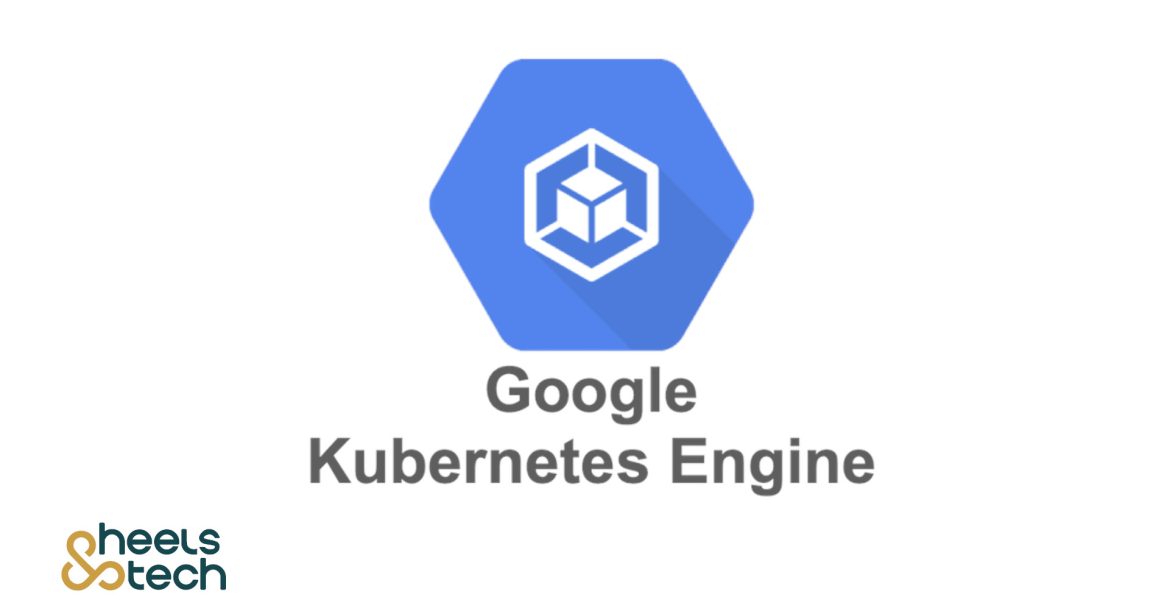Managing and Deploying Containers with Google Kubernetes Engine
October 30, 2023 2024-04-08 19:32Managing and Deploying Containers with Google Kubernetes Engine
Have you ever wondered how popular web services like Netflix, Airbnb, and Spotify are able to handle millions of users simultaneously without crashing? How do they ensure that their applications are always available, even during periods of high demand? The answer lies in the efficient management and deployment of containers, a revolutionary technology that has transformed the world of software development and deployment. We will explore how Google Kubernetes Engine (GKE) simplifies container management, allowing developers to focus on building amazing applications without the hassle of complex or confusing setups.
Users expect instant access and seamless experiences, traditional methods of application deployment and management are no longer sufficient. The rapid growth of cloud computing and the need for scalable infrastructure have given rise to containerization, a revolutionary approach to software development and deployment. But what exactly are containers, and how do they solve the challenges of application scalability and reliability?
Containers can be seen as self-contained packages that summarize everything your application needs to run, including its code, libraries, dependencies, and configuration settings. These containers are highly portable and can be run consistently across different computing environments, from your laptop to the cloud.
Imagine you have a set of ingredients for baking a cake. In traditional software development, each ingredient represents a piece of code required for your application. These ingredients are mixed together, resulting in a single, large cake. However, with containers, it’s as if each ingredient has its own mini-cake pan. Each separate pan symbolizes an isolated environment, containing a specific ingredient, ie a component of your application.
However, managing containers can quickly become a complex task. Imagine handling multiple mini-cakes at once. This is where Google Kubernetes Engine comes into play. Kubernetes is an open-source platform that helps manage and orchestrate containers on a large scale. It acts as the master chef, providing tools to manage and scale containers effortlessly. Google Kubernetes Engine (GKE) is a managed service offered by Google Cloud, which simplifies the process of deploying and scaling containerized applications using Kubernetes. It takes care of the heavy lifting so you can focus on developing your applications.
Let’s break down some of the technical jargon and explain how GKE works in simple terms. Think of GKE as a powerful tool that helps you manage a fleet of containers. Just like a fleet of cars needs a driver to navigate and coordinate their movements, GKE acts as the driver for your containers. It ensures that your containers are running smoothly, scales them up or down based on demand, and handles any failures or issues that may arise.
To begin using GKE, you need to familiarize yourself with a few key components:
1. Cluster: A cluster consists of a group of virtual machines (nodes) that run your containerized applications. GKE manages this cluster, ensuring its availability and scalability.
2. Node Pool: A node pool is a subset of nodes within a cluster, typically chosen based on similar computing requirements. It allows you to allocate different resources to different parts of your application.
3. Pods: Pods represent the smallest unit of deployment in GKE. They encapsulate one or more containers and any resources they need, such as storage or networking.
4. Deployment: A deployment provides a declarative way to manage your pods and applications. It defines the desired state of your application and allows for easy scaling, rollback, and updates.
Deploying Your Applications on Google Kubernetes Engine
To deploy your application on Google Kubernetes Engine, you package it into containers and define how it should be run using a configuration file called a Kubernetes manifest. This manifest specifies details such as the number of replicas (copies) of your application that should be running, the resources each replica should have, and any networking or storage requirements. Once you have your manifest ready, you simply tell Google Kubernetes Engine to create a Kubernetes cluster, which is a group of virtual machines that will host your containers.
Once the cluster is up and running, GKE takes care of the rest. It automatically schedules your containers across the cluster, balancing the workload and ensuring high availability. If a container crashes or a virtual machine fails, GKE detects it and automatically replaces or reschedules the affected containers, minimizing disruption. GKE also provides built-in monitoring and logging capabilities, allowing you to gain insights into the health and performance of your applications.
One of the key advantages of Google Cloud Engine is its ability to scale your applications effortlessly. As your user base grows or during peak periods, you can simply tell GKE to increase the number of replicas of your application, ensuring that it can handle the increased load. GKE automatically provides the necessary resources and distributes the workload across the available virtual machines. When the demand decreases, GKE can scale down the replicas, freeing up resources and optimizing costs.
Furthermore, GKE integrates seamlessly with other Google Cloud services, such as Load Balancing, Cloud Storage, and Cloud Logging. This allows you to build a comprehensive and resilient application infrastructure, leveraging the power of Google’s huge and reliable cloud platform. GKE also supports rolling updates, which enable you to deploy new versions of your application without any downtime, ensuring a seamless experience for your users.
Google Kubernetes Engine (GKE) simplifies the management and deployment of containers, empowering developers to focus on building innovative applications. Managing and deploying containers with Google Kubernetes Engine provides a powerful and efficient solution for building, scaling, and managing applications. GKE offers a user-friendly and huge platform to meet your needs.


